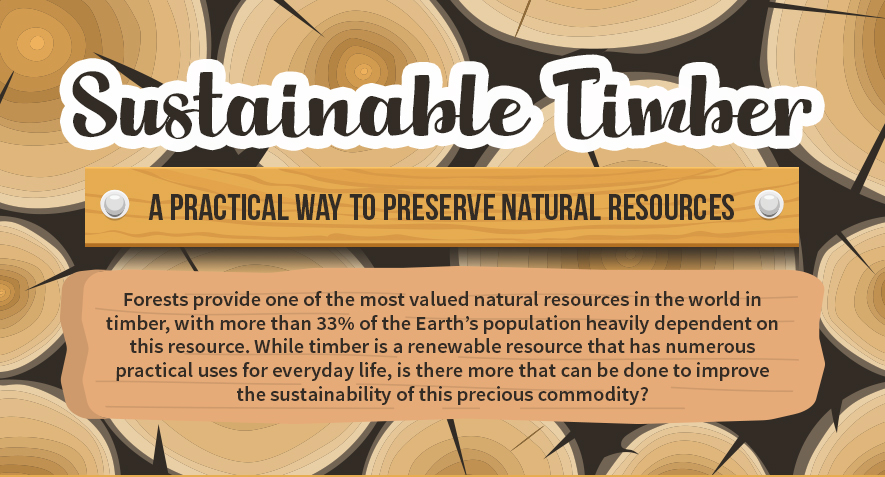Timber, like many other scarce resources, is easy to take for granted. More than a third of the world’s population is dependent on the availability of lumber, but unless we embrace more environmentally friendly techniques, the resource’s long-term viability may be jeopardised.
The amazing thing about it, and something that many people are unaware of, is that lumber is a really sustainable resource. When a tree is cut down, all that is required to replace it is to plant a seed where the previous tree once stood.
Naturally, timber sustainability entails more than merely planting new trees. It also implies a duty to wildlife and human livelihoods in forest areas. If you reside in a city and a construction company decides to build a massive project next to you, you will almost surely be bothered. The same idea applies to those living in forest areas whose livelihoods are jeopardised by loggers’ continual presence.
Sustainable wood is incredibly practical and has a wide range of everyday applications, including household furniture, fence, and yard decking. We are often enticed by glittery sales from hardware stores when we could instead use sustainable, recycled, or reused lumber to construct tables, chairs, floors, and so on.
What Is The Most Sustainable Timber?
Timber is typically classed as either hardwood, which comes from broad-leaved trees like Beech and Oak, or softwood, which comes from conifers like Pine and Fir. Fast-growing species like Pine trees are more sustainable than slow-growing trees like Oak simply because they can be replaced. Oak forests must be carefully maintained in order to be sustainable, as well as developed and harvested in the proper manner, but it is possible.
How Can We Make Timber Sustainable
Always Request Certified Wood.By purchasing certified timber, you are supporting forest management that replants trees as they are felled. It is now easier than ever to obtain sustainable timber and alternatives for non-certified timber.
Temporary Works Should Be Sourced Sustainably.Many projects mention certified wood for construction but overlook the temporary works. If you make an attempt to source sustainable building materials, the same should be true for temporary construction materials.
To accomplish this, you may need to swap some timber products, such as plywood for Oriented Strand Board (OSB). Could you reuse these resources for the same purpose in your next work to make it even more sustainable?
Surplus Material DisposalIt is unavoidable to have leftover materials at the end of a job. If you can’t use these items on your next project, consider donating them to a local recycling centre. Timber sent to recycling programmes is either transformed into furniture or sold in its raw state. This reduces the amount of rubbish that goes to landfills.
Check out our By Products page for more information our sustainable practices for surplus materials.
For more information about sustainable timber check out our infographic below.


